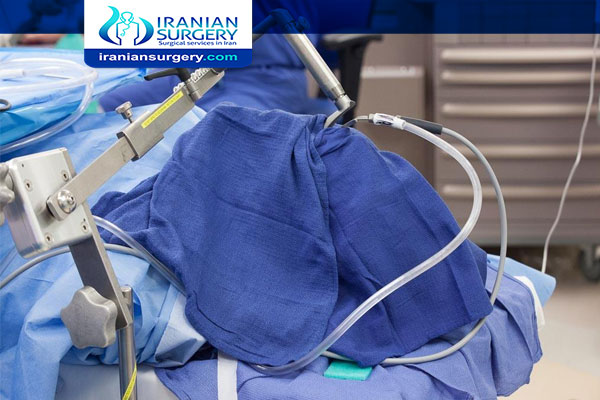How painful is a laryngoscopy?
Is a laryngoscopy considered surgery?
How long does a direct laryngoscopy take?
Can you talk after a laryngoscopy?
What are laryngoscopy surgery risks?
It’s rare to have problems after a laryngoscopy, but it can still happen. Some of these complications include:
- Bleeding
- Infection
- Injury to teeth
- Failure of a vocal cord to heal after biopsy
- Complications due to anesthesia (The anesthesiologist will discuss the risks involved with you prior to surgery)
If you were given anesthesia, you might feel nauseous or sleepy afterward. You might have a dry mouth or a sore throat. These are common reactions to the anesthesia.
But if you find yourself in increasing pain, running a fever, coughing or vomiting blood, having trouble breathing or swallowing, or having chest pains, you should call your doctor.
Read more about: Laryngoscopy surgery
How painful is a laryngoscopy?
Laryngoscopy is relatively painless, but the idea of having a scope inserted into the throat can be a little scary for kids. Local or general anesthesia may be used for a laryngoscopy. Local anesthesia will numb the throat. With general anesthesia, you will be asleep. Anesthesia will prevent pain during the procedure. With a direct method, you may have a sore throat for a few days if a biopsy was done.
Read more about: laser laryngoscopy surgery
Is a laryngoscopy considered surgery?
Fiber-optic (flexible) laryngoscopy / Direct laryngoscopy
Fiber-optic or direct laryngoscopy examinations allow doctors to see deeper into the throat by using either a flexible or rigid telescope. Rigid telescopes are more often used as part of a surgical procedure in evaluating children with stridor (a noisy, harsh breathing) and removing foreign objects in the throat and lower airway.
Read more about: laryngoscopy thyroid surgery
How long does a direct laryngoscopy take?
Direct laryngoscopy can take up to 45 minutes. You’ll be given what’s called general anesthesia, so that you will not be awake during the procedure. Your doctor can take out any growths in your throat or take a sample of something that might need to be checked more closely.
Read more about: laryngoscopy surgery recovery
Can you talk after a laryngoscopy?
Your doctor may ask you to speak as little as you can for 1 to 2 weeks after the procedure. If you speak, use your normal tone of voice and do not talk for very long. Whispering or shouting can strain your vocal cords as they are trying to heal. Try to avoid coughing or clearing your throat while your throat heals. These activities can also damage your vocal cords. If your vocal cords were affected during the procedure, rest your voice completely for 3 days.
Read more about: laryngoscopy surgery for throat


